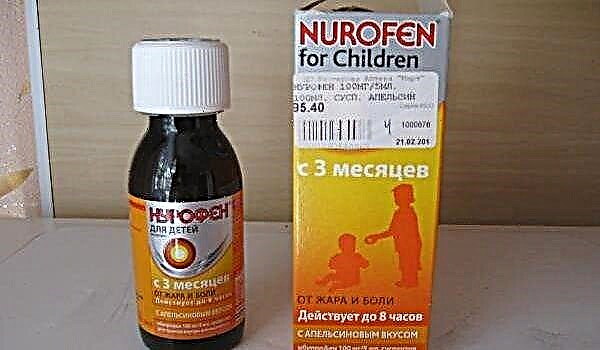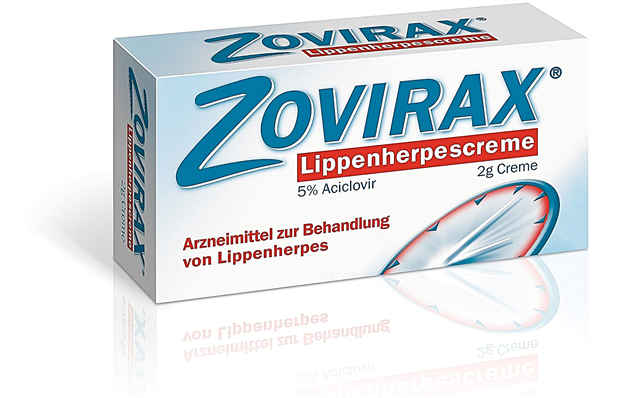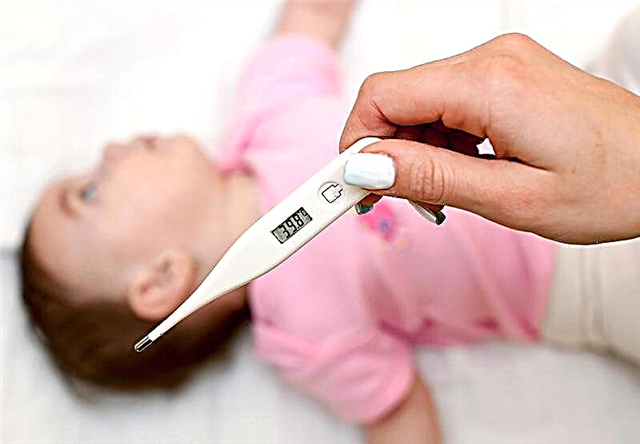Proper care of the eyes of a newborn is the basis, without which good vision is impossible in the future. Many mothers ask the question of how to properly care for their children's eyes, and they receive too much redundant information, which is difficult to understand.
Are there any peculiarities of a newborn's eye?
The eyes of a newborn are the same in structure as those of an adult. Their only difference is the small size of all structures. It should be remembered that a newborn in the first days of life does not fix his gaze and may even squint with his eyes.
However, there is no need to worry, the functions of the organ of vision are simply imperfect, but by the end of the first week, the duration of interest in the world around is growing.
Get a mobile or a pair of bright toys that will attract the attention of your little one.
How to care for the eyes of a newborn?
Wiping
There is one answer to the frequently asked question of how to wash a child's eyes - they are not washed, but rubbed.
 Eye care is performed daily in the morning and evening. You need a small amount of warm (but not hot) boiled water, two cotton balls (separately for each eye) and a dry napkin or towel.
Eye care is performed daily in the morning and evening. You need a small amount of warm (but not hot) boiled water, two cotton balls (separately for each eye) and a dry napkin or towel.
Pour boiled water into a container where your hand goes freely.
Better if it is a bowl. Wash your hands. Place your newborn baby on a flat surface. Take one cotton ball, moisten it with water, squeeze out slightly (it should be wet, not wet).
Lightly rub your child's eye from the outer to the inner corner of the eye. Discard the used cotton ball immediately to avoid confusion. Repeat the procedure with the other eye.
Following the advice of a doctor
The following is strictly prohibited: rinse the eyes of a newborn with tea, unboiled water, instill various substances created according to recipes of traditional medicine, rinse the eyes with chamomile and a decoction of other medicinal herbs, drip antibacterial and / or other eye drops on their own (without consulting a doctor).
Children are not experimental material. Any action, even a completely innocent one, can have serious consequences.
The use of alcohol-based tinctures in infants is contraindicated. for two reasons:
- there is a chance to dry out the already delicate skin, as a result of which cracks and their secondary infection may occur;
- if alcohol gets on the conjunctiva, a poorly treatable chemical burn of the cornea and conjunctiva may develop.
It should be remembered that you should not wipe the edges of the eyelids with a solution of potassium permanganate. The ingress of crystals of potassium permanganate and / or solution into the conjunctival cavity leads to chemical burns with the formation of conjunctival adhesions.
Dropping breast milk in your eyes is also not worth it. Each person's conjunctival cavity has its own healthy microflora (it can be unique for each eye). Its main task is to prevent the development of the infectious process, becoming the first barrier of protection.
Breast milk, which contains lysozyme, washes away much-needed microorganisms and, being an ideal breeding ground for bacteria, involuntarily stimulates the development of the inflammatory process.
However, do not worry if a small amount of milk gets into the baby's eye at the time of feeding, since it is insignificant and will not cause undesirable consequences.
Antibacterial agents
If the child's eyes become inflamed, a large number of crusts appear on the eyelashes, discharge, itching or redness appears, you should immediately contact an ophthalmologist. Self-administration of drugs is not allowed in this case.
 If there is an inflammatory process, antibacterial drugs will be prescribed to the baby. Most often, the drug Tobrex is prescribed, the active ingredient of which is an antibiotic of the aminoglycoside series.
If there is an inflammatory process, antibacterial drugs will be prescribed to the baby. Most often, the drug Tobrex is prescribed, the active ingredient of which is an antibiotic of the aminoglycoside series.
Be careful, since the drug is consonant with Tobradex, the use of which is not recommended for children under 1 year of age due to the fact that, in addition to the antibiotic, the composition includes a corticosteroid (hormonal component).
However, in case of severe infectious lesions, when the risk of adverse reactions is lower than the possible death of an organ, taking the drug is justified. Do not follow the advice of traditional medicine.
If the child has indications to flush the lacrimal ducts or conjunctival cavity, this will be done by an ophthalmologist or a specially trained nurse.
Instillation of drops
If you need to apply eye drops, wash your hands and prepare cotton balls. Place the newborn on a flat surface. Take a cotton ball in one hand and a bottle of drops in the other. Using your thumb with a cotton ball, pull back the lower eyelid, drip drops into the eye. Blot with a dry cotton ball towards the inner corner of the eye.
The used cotton ball should be thrown away so as not to accidentally rub it on the other eye. If possible, drop only one drop. If it so happened that you dripped more, then don't worry. More than one drop, roughly speaking, "is not absorbed by the eye."
If your child has been prescribed an eye ointment, then the procedure is the same, except that instead of drops, you need to put ointment. If everything is done correctly, then the ointment is hidden under the eyelid when you release it.
Remember, proper care of the eyes of a newborn will allow your baby to see all the beauty of the world!
Article rating:



